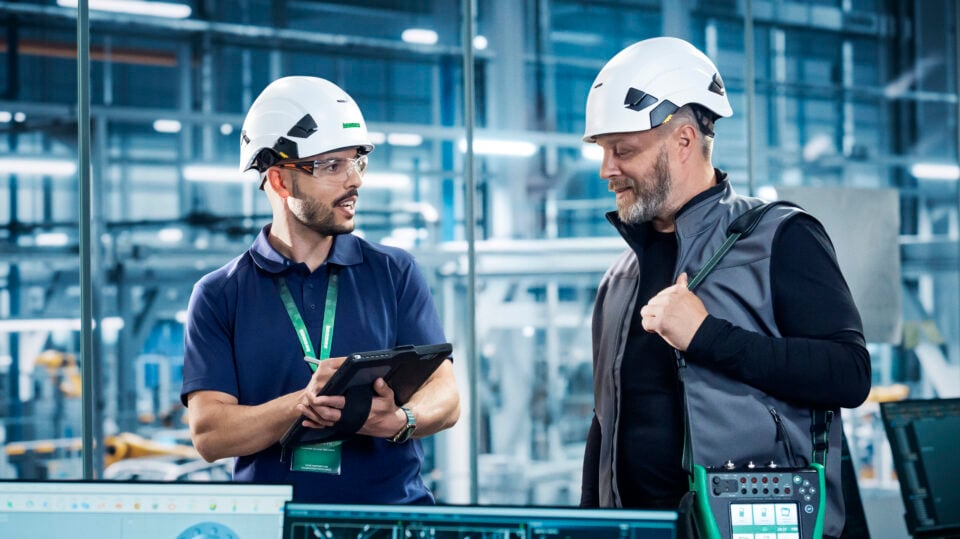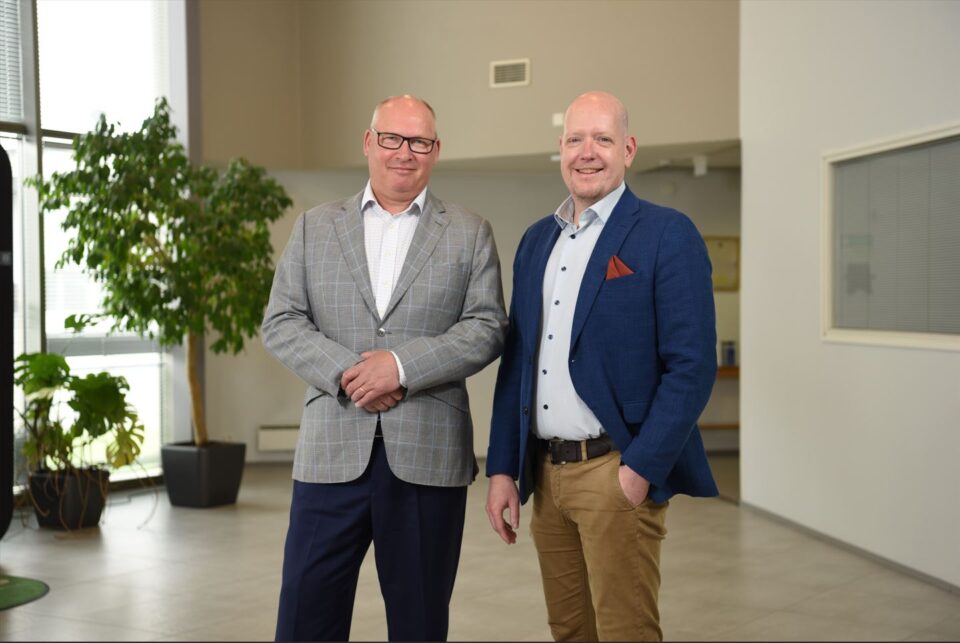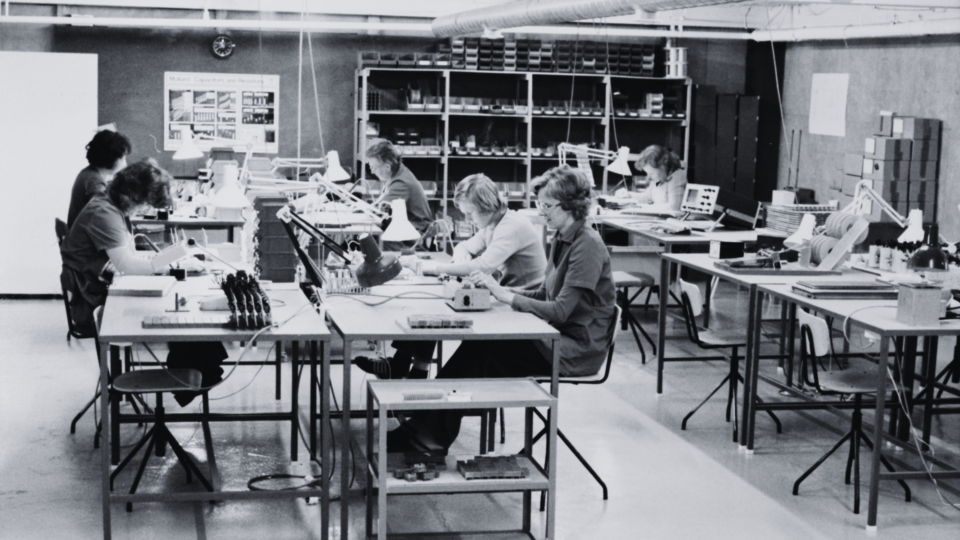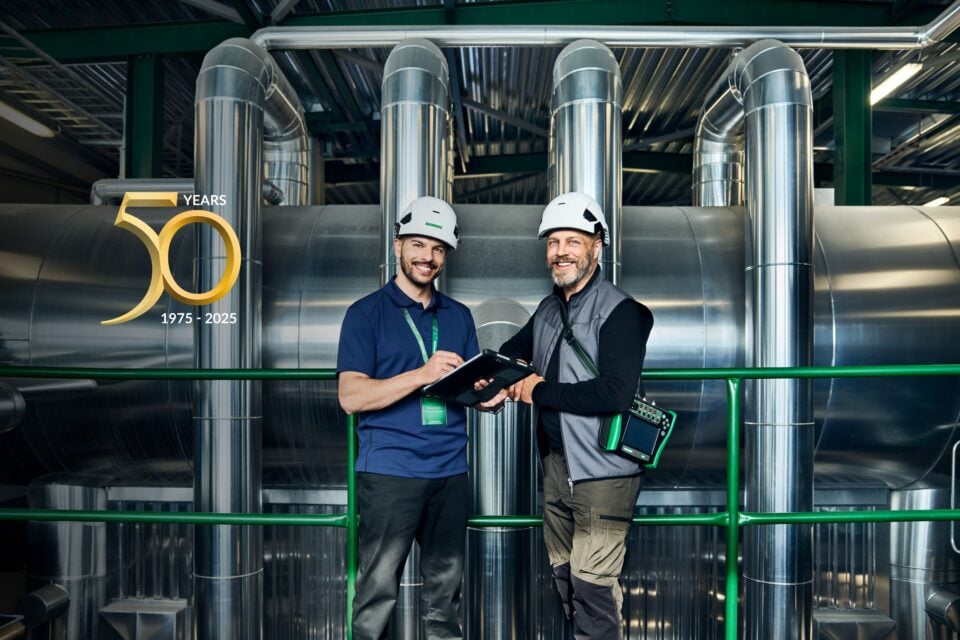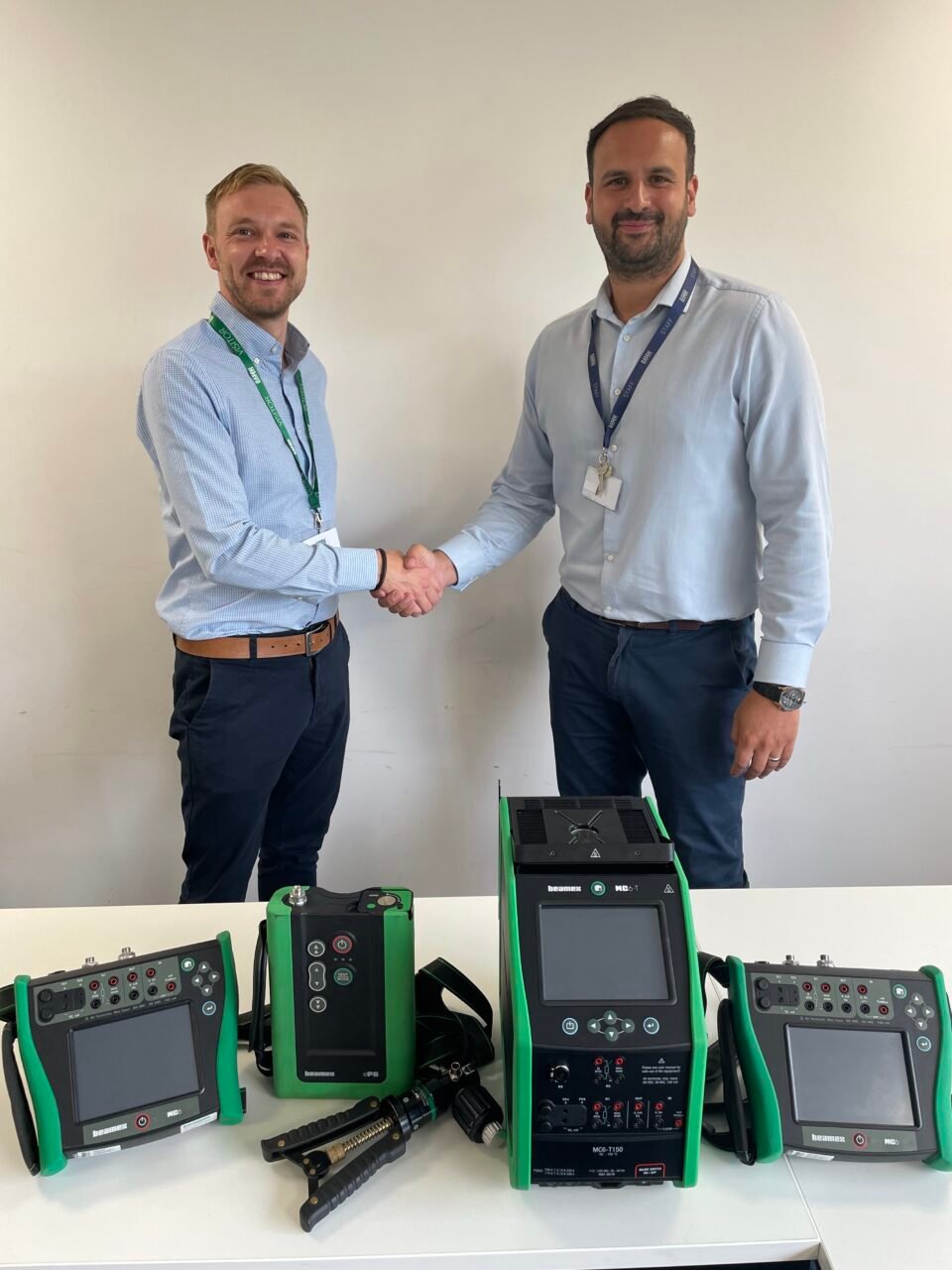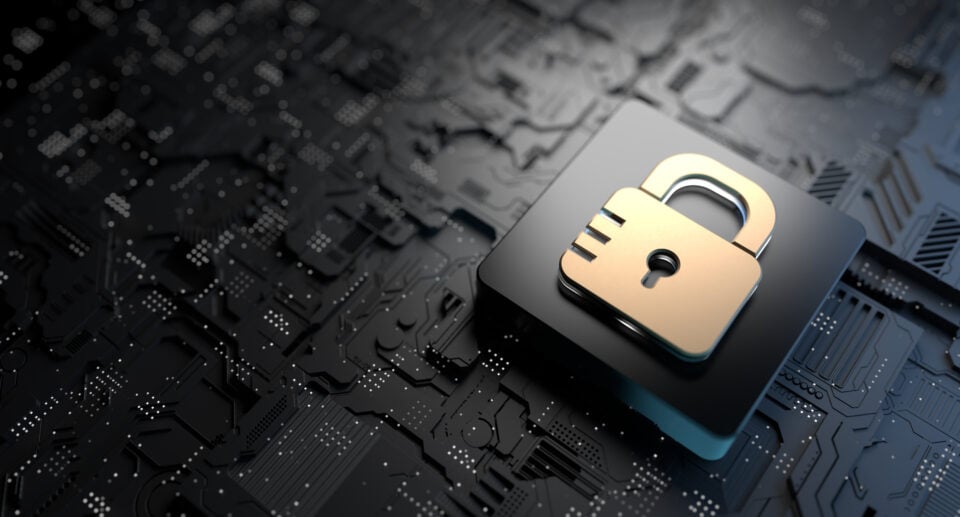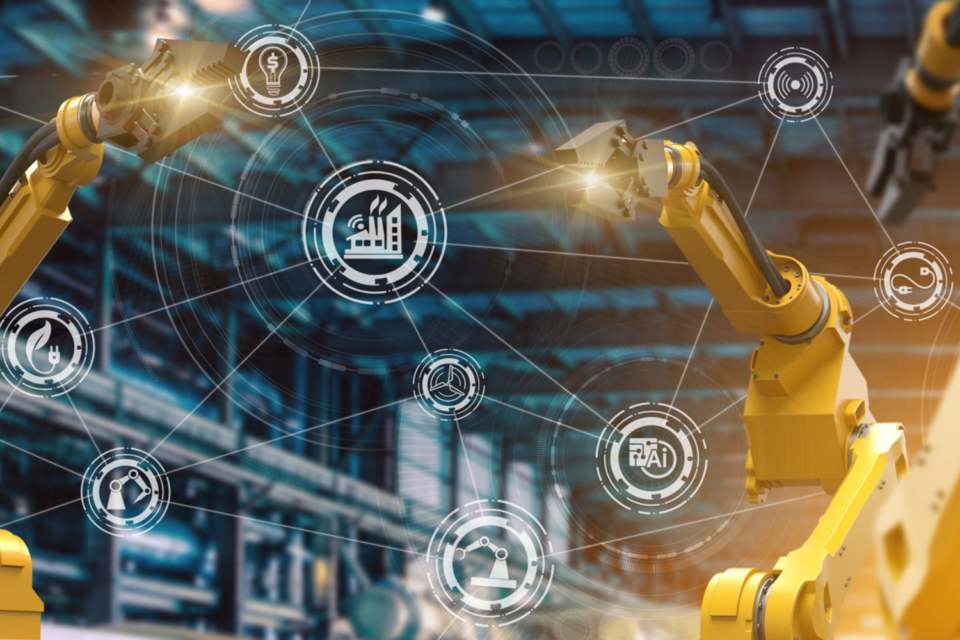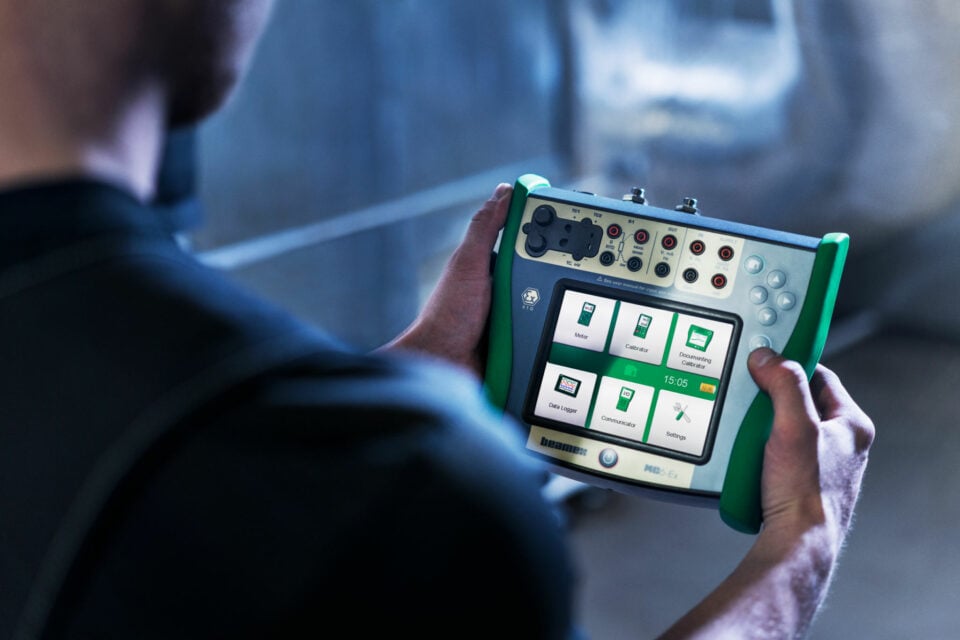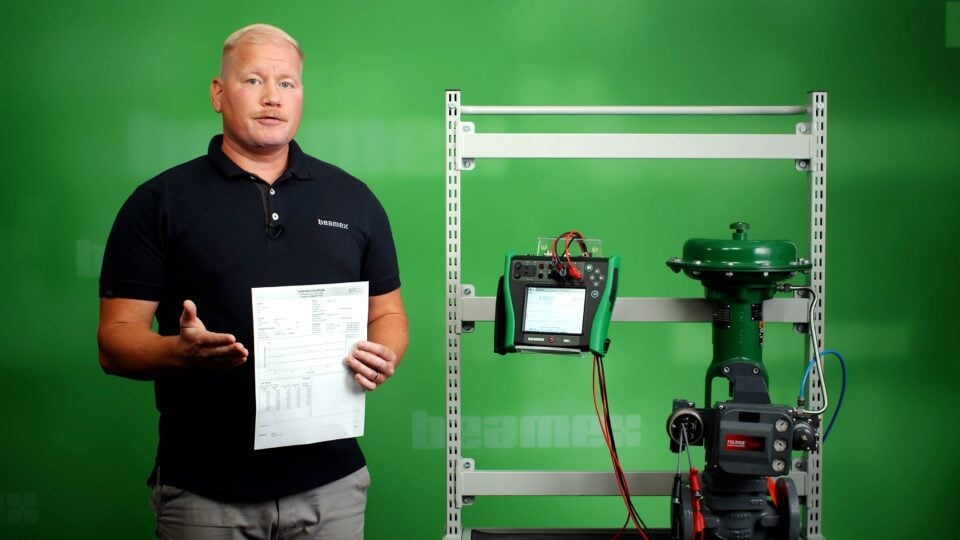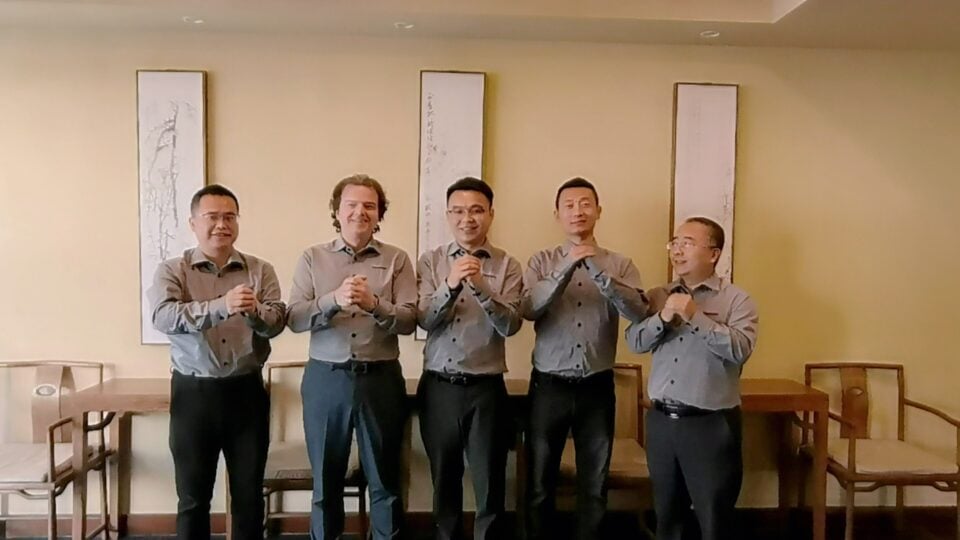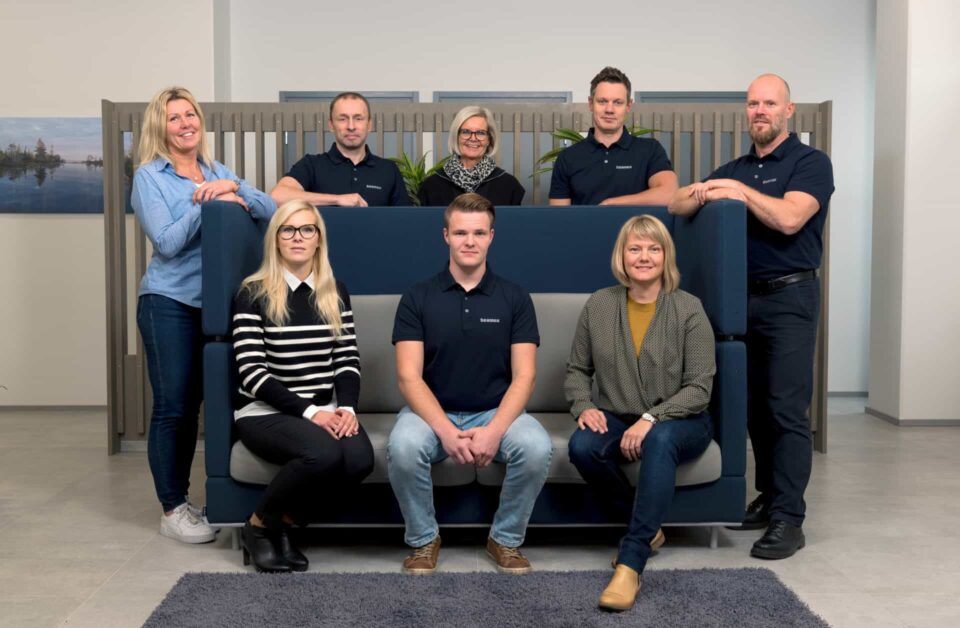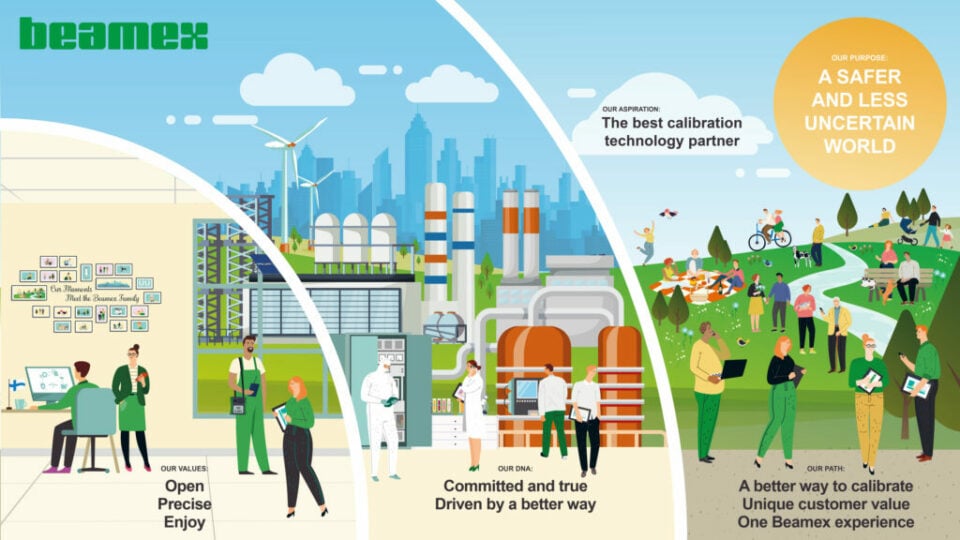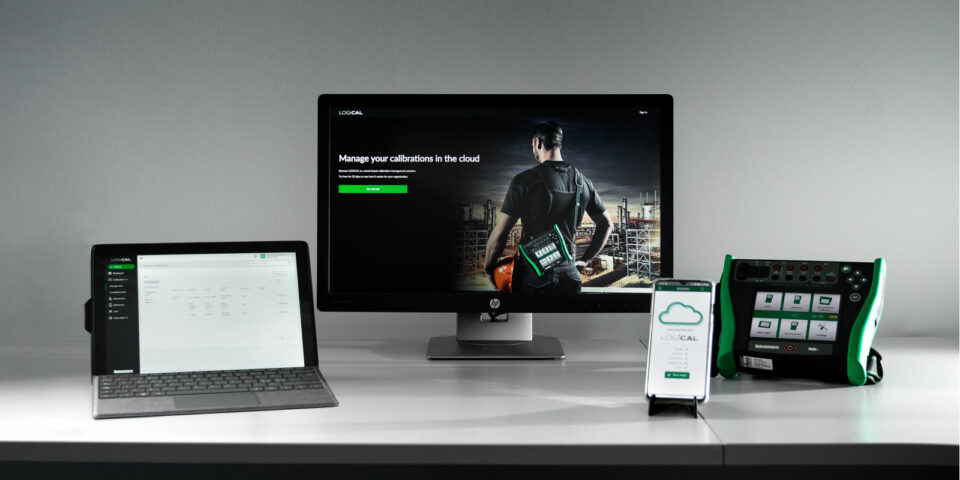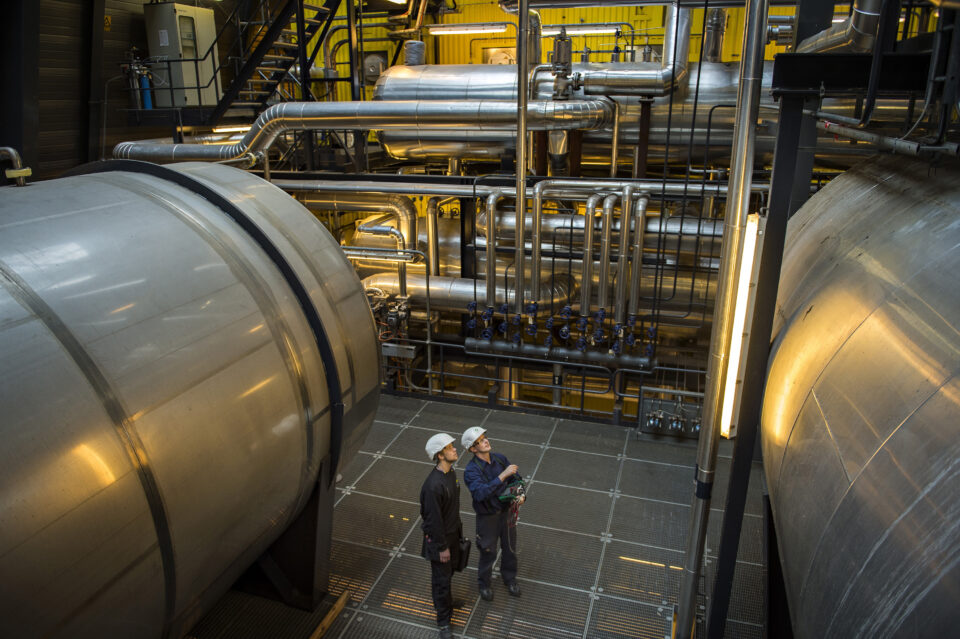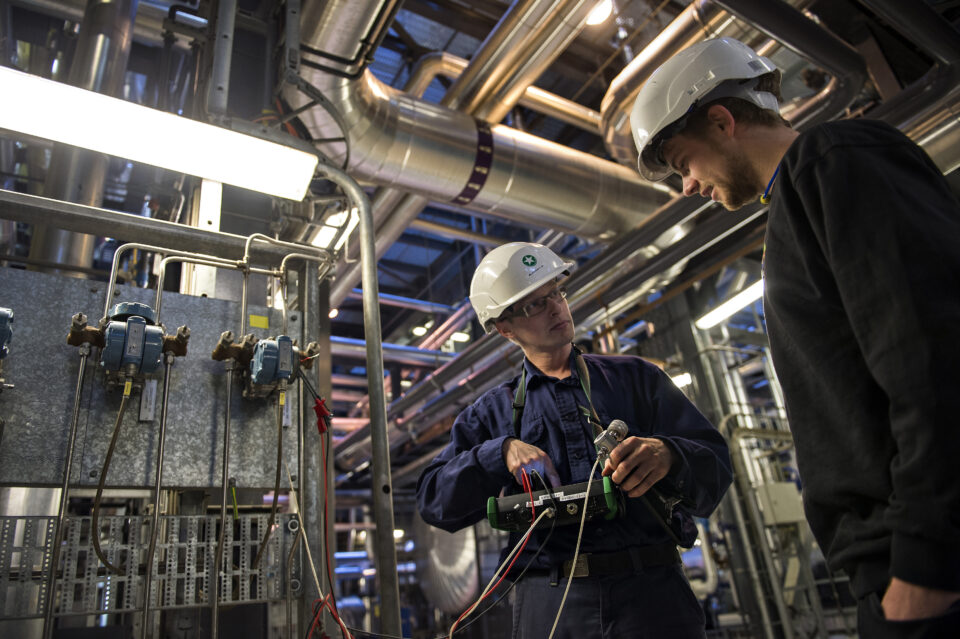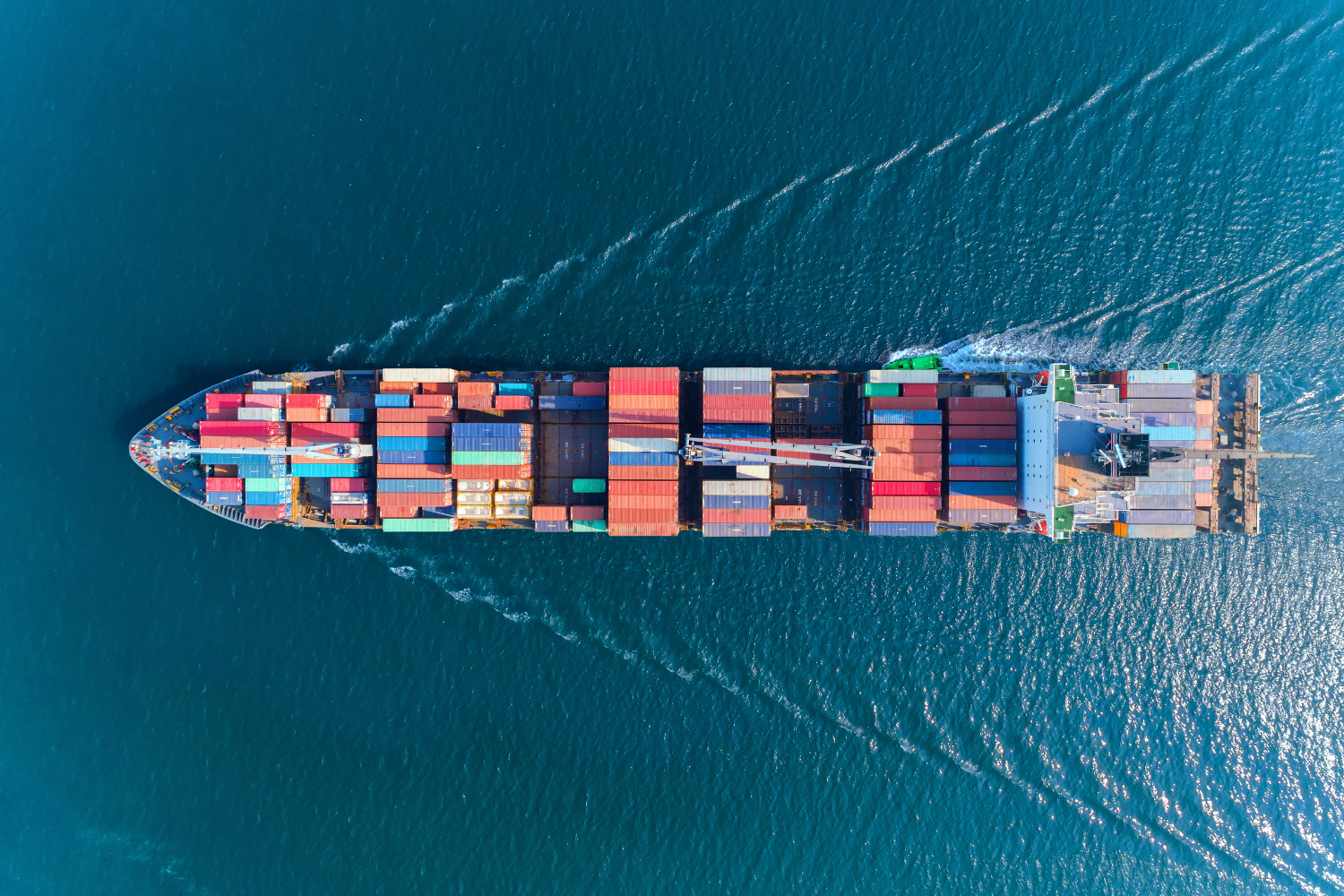
Decoupling and the global supply chain
Jan-Henrik Svensson, CEO, Beamex
“Can you guarantee that your solutions and technology will not be affected by the US-China trade war?”
That’s the question I faced from a client recently as we forward-planned for the year ahead. The question was not unexpected, and in fact, I have been seeing variations of this crop up in conversations with business leaders across the globe.
As China strives to exert itself on the world stage and the USA seeks to uphold its preeminent status, the strategic competition between the two powers is causing industries across the world to re-evaluate manufacturing and supply chains to avoid upsetting either party. The resulting shifts in investments, trade relations, and increased protectionism has been called decoupling by the experts, and more recently, de-risking by the leaders of the G7.
Is decoupling real?
As I write this, there is a furious debate among experts on whether decoupling is taking place. Some say the fact that American imports from China reached their highest levels in 2022 is proof that decoupling is not happening. But on the other hand, the total share of goods imported by the US from China has dropped to 16.6% (From 21.6% in 2017), while imports subject to US tariffs fell by 14%. Clearly, the combination of tariffs, regulations and subsidies being deployed by the US government is having an effect.
This decoupling or de-risking can also be seen in how bellwether companies are behaving. Apple, the world’s most valuable company, has long had China as its main production base. The company this year tripled its production footprint in India making the country a critical partner in manufacturing iPhones. Besides, it is also actively exploring moving parts of its production to countries like Vietnam, Malaysia, and Ireland. This trend towards diversification and de-risking is also being seen in companies working in the semi-conductor, AI, and biotechnology spaces.
Meanwhile, data from the Peterson Institute of International Economics (PIIE) indicates that from aircraft to automobiles to agricultural products, China is buying less from the US. In 2022, for example, the three big Chinese state airlines opted to buy 300 new planes from Europe-based Airbus over US-based Boeing.
Businesses will have to walk a fine line to balance the competing interests of the economic blocs that emerge as a direct consequence of decoupling.
Far-reaching effects
I do not think there will be complete decoupling. The two economies are far too intertwined for that. That said, I do see a strategic decoupling taking place with key technologies, raw materials including rare earths and infrastructure like 5G being walled off. Complete access to these resources will likely only be permitted to friendly entities.
What will this move towards decoupling mean for the global supply chain? With protectionism and regionalism on the rise, it will fragment and consolidate into more complex forms. Companies will focus on building up adequate stocks and having multiple production centres. They will be forced to clarify where their products are being sourced from. I know of manufacturers who are investing in increasing transparency in their supply chain, slapping ‘Made in China’ and ‘Made in USA’ tags on their products as they seek to develop different manufacturing streams for varying markets. Decoupling will also lead to a strategic push by governments to secure their supply chains.
As a direct result, globalisation as we know it will be forced to evolve to meet these new realities. Rather than talk about just-in-time deliveries and offshoring, the focus will be on near-shoring or friend-shoring to improve the security of regional supply chains. Interoperability and common standards will also gain more importance. With different areas coming up with national or even regional restrictions and regulations, the focus will be on adding new types of interoperability so that technologies developed in Asia, Europe or the USA can be used together.
Preparing for the future
These two trends will then influence technological innovations. Companies will increasingly turn to AI and modularised manufacturing methods, using completely automated factories that can work cost-effectively irrespective of where they are located, effectively making up for the loss of efficiencies and cheaper costs derived from a globalised supply chain. Smart data will play a key role in helping these more regional supply chains stay linked while ensuring compliance with regional rules and regulations.
Decoupling is a key trend that will have serious ramifications for our stakeholders, and we stand ready to help them navigate this complex and ever-changing situation.
To answer the question posed to me by my client, at Beamex, we have resilient supply chains and expertise working with standards and measurements from across the world. As we enter what we expect will be a complex regulatory environment, measurement traceability, conformity and interoperability will become even more critical for governments and regulators. With the increased risk of geopolitical tensions fragmenting our world, we cannot afford to have metrology or machines that don’t speak the same language. This is why, with Beamex, you can rest assured that our technology can be safely used and understood in all parts of the world.
Decoupling or not, we will continue to support and develop shared standards that create trust and transparency across all kinds of borders. Get in touch if you want to talk about how to make this transition safer.
You might also find interesting
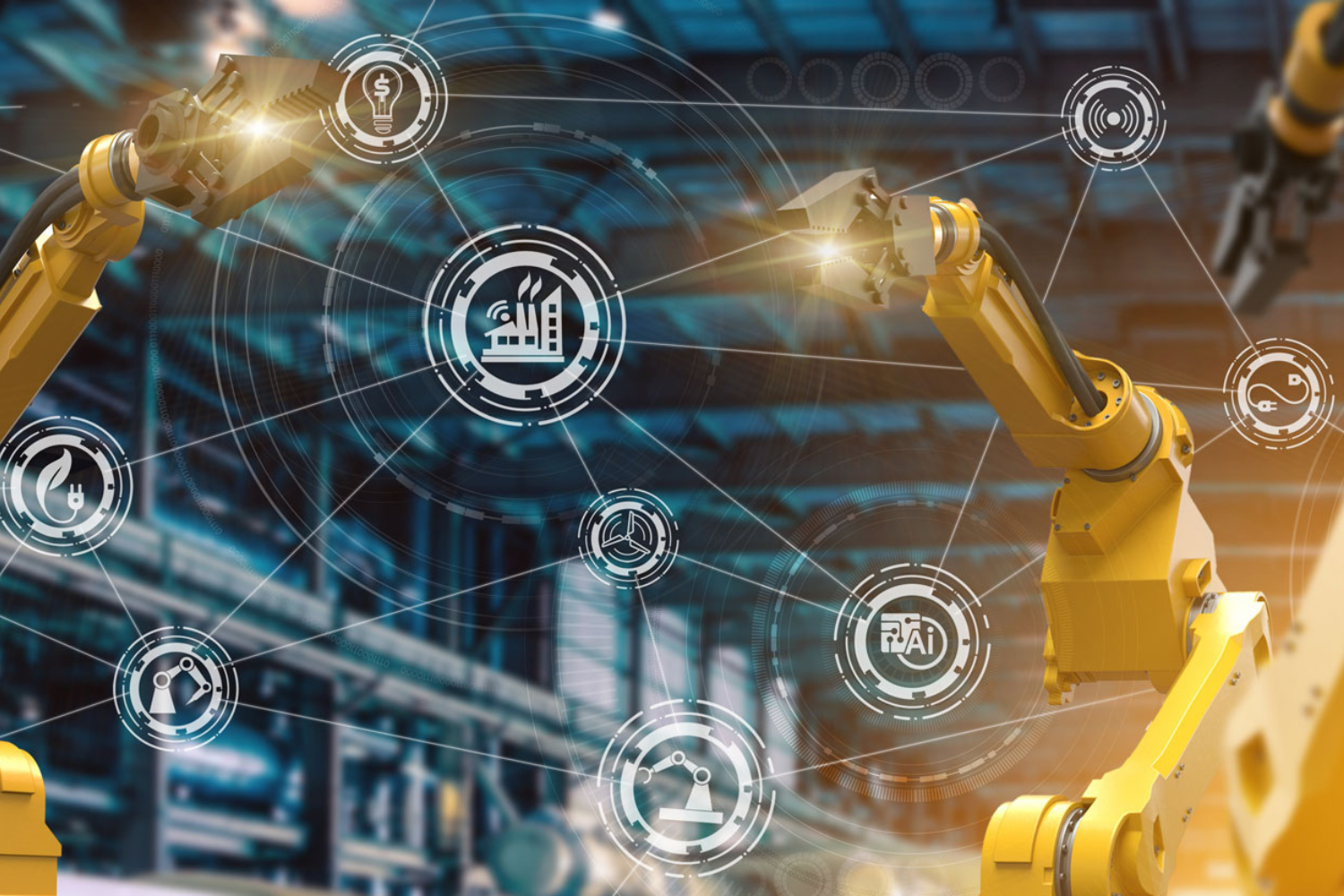
For a safer and less uncertain world
Welcome to our series of topical articles where we discuss the impact that accurate measurement and calibration has on the world and our everyday lives.

